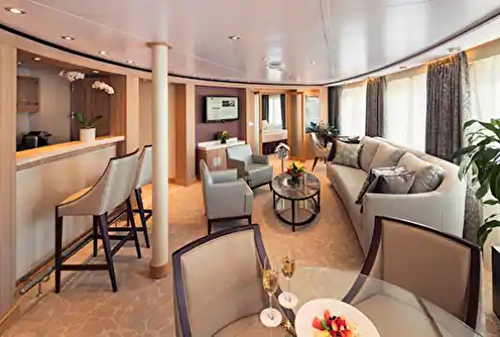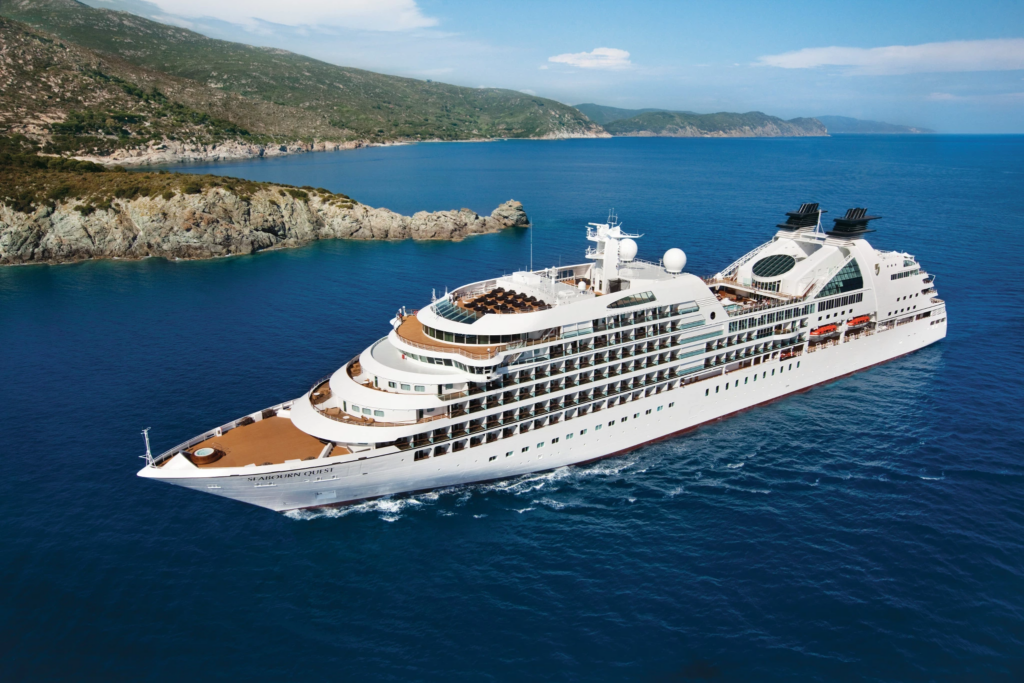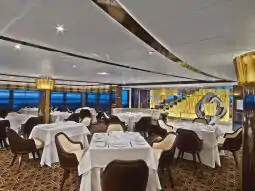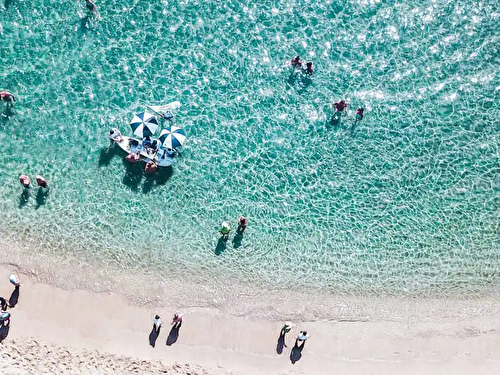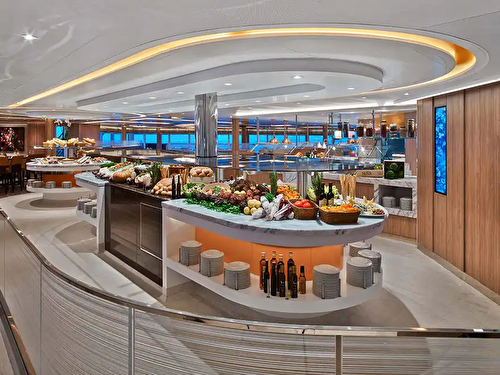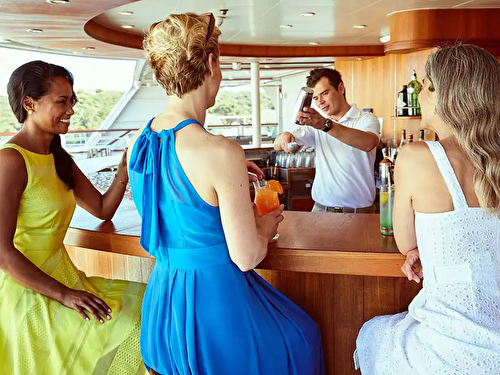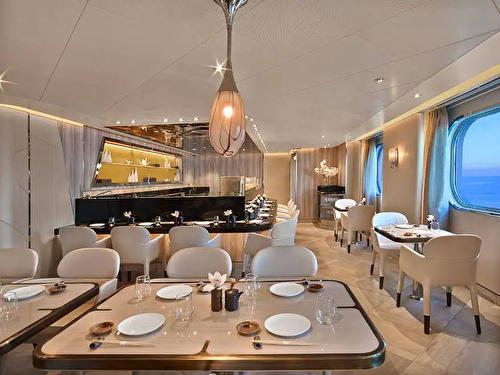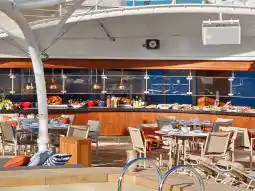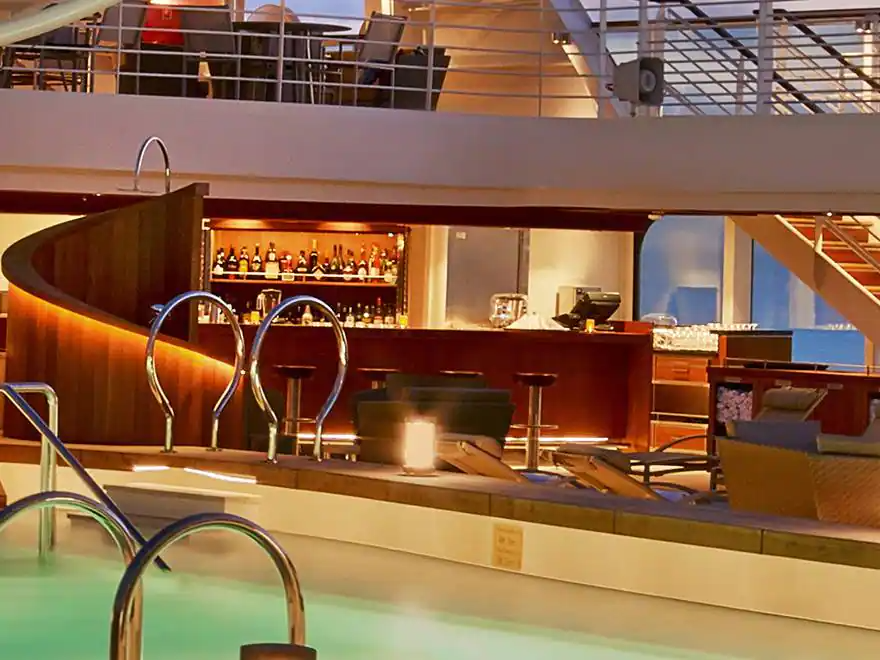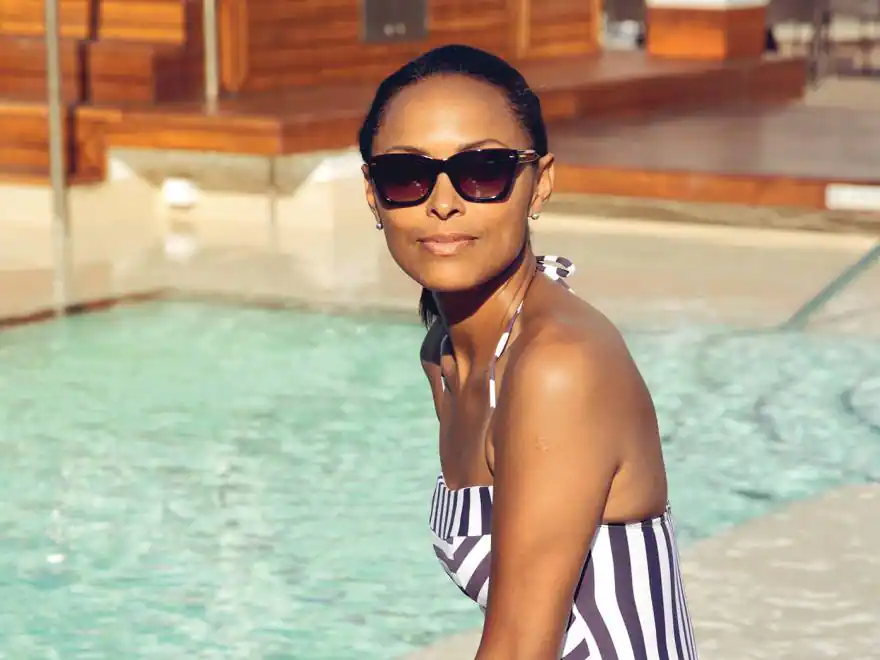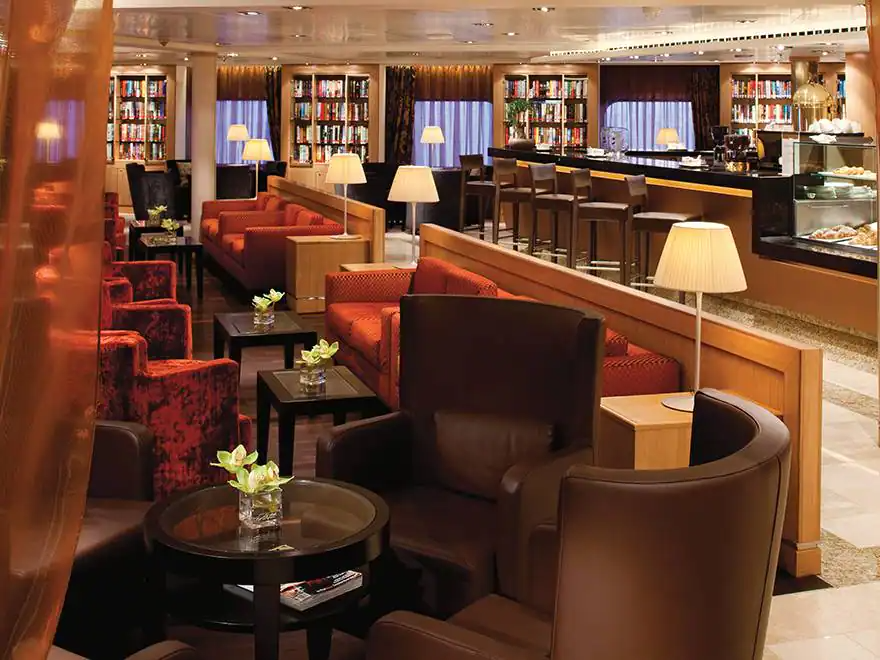14 días a bordo del Seabourn Quest
-
Ventana precio desdeConsultar
-
Balcón precio desdeConsultar
-
Suite precio desdeConsultar
Itinerario
Yokohama, Japan - Hiroshima, Japan - Hiroshima, Japan - Busan (Pusan), South Korea - Tsuruga, Japan - Toyama, Japan - Sakata, Japan - Hakodate, Japan - Kushiro, Japan - Hitachinaka, Japan - Yokohama, JapanFecha 1
30 Mar '25
Yokohama, Japan
Llegada
00:00
Salida
17:00
Fecha 2
31 Mar '25
At Sea
Llegada
00:00
Salida
00:00
Fecha 3
01 Apr '25
Hiroshima, Japan
Llegada
08:00
Salida
00:00
Fecha 4
02 Apr '25
Hiroshima, Japan
Llegada
00:00
Salida
18:00
Fecha 5
03 Apr '25
At Sea
Llegada
00:00
Salida
00:00
Fecha 6
04 Apr '25
Busan (Pusan), South Korea
Llegada
08:00
Salida
18:00
Fecha 7
05 Apr '25
At Sea
Llegada
00:00
Salida
00:00
Fecha 8
06 Apr '25
Tsuruga, Japan
Llegada
08:00
Salida
17:00
Fecha 9
07 Apr '25
Toyama, Japan
Llegada
09:00
Salida
18:00
Fecha 10
08 Apr '25
Sakata, Japan
Llegada
08:00
Salida
17:00
Fecha 11
09 Apr '25
Hakodate, Japan
Llegada
08:00
Salida
16:00
Fecha 12
10 Apr '25
Kushiro, Japan
Llegada
08:00
Salida
18:00
Fecha 13
11 Apr '25
At Sea
Llegada
00:00
Salida
00:00
Fecha 14
12 Apr '25
Hitachinaka, Japan
Llegada
08:00
Salida
16:00
Fecha 15
13 Apr '25
Yokohama, Japan
Llegada
06:30
Salida
00:00
Barco - Seabourn Quest
Seabourn Quest es la tercera iteración del diseño del recipiente que se ha llamado “un cambio de juego para el segmento de lujo”. Construido en el astillero T. Mariotti de Génova, fue nombrada en Barcelona el 20 de junio de 2011. Fiel a sus lineas de sangre del Seabourn, donde quiera que navega alrededor del mundo, Seabourn Quest lleva con ella un grupo de galardonados lugares para comer que son comparables a los mejores restaurantes que se encuentran en cualquier lugar. Bajo la dirección del famoso chef Charlie Palmer, Seabourn Quest ofrece una variedad de opciones gastronómicas para todos los gustos y cada estado de ánimo, con nunca un cargo extra. El restaurante es el lugar principal de comedor a bordo, que sirve varios platos desayunos, almuerzos y cenas en un estilo de turno libre en medio de un ambiente refinado de relucientes sábanas blancas, paredes de alabastro pulido, que fluye cortinas transparentes y brillantes lámparas de araña de cristal. Los menús reflejan la insistencia del chef Palmer en ingredientes frescos, de alta calidad, la preparación magistral y presentaciones atractivas. En una firma Seabourn saludo a la personalización, los huéspedes están invitados a pedir del menú del restaurante durante las horas de servicio extendidos, y tienen su comida servida en la intimidad de sus suites o en sus terrazas. Situado hasta el final a popa en la cubierta 8, la Columnata es una opción de interior / exterior más informal, muy popular que sirve desayunos bufé de estilo estación de lujo y almuerzos. Cenas en el Colonnade son menús regional con temas preparados en la cocina abierta y servidos en la mesa. Restaurant 2 es un ambiente íntimo donde los huéspedes pueden disfrutar de pequeñas placas innovadores menús de degustación cada noche con reserva previa. El Patio Grill es una alternativa informal junto a la piscina que ofrece comidas para almuerzos y cenas, así como pizzas recién horneadas de su horno de toda la tarde en el lugar. Barbacoas en la playa festivos son destacados frecuentes en los cruceros de aguas cálidas, con parrillas de carne-y-mariscos de lujo y Firma del Seabourn Caviar en el caso de la resaca. Una amplia selección de deliciosos platos, desde aperitivos hasta postres deliciosos están disponible en el servicio en su suite las 24 horas del día.
Sala de Estar
Centro comercial
Spa y Salon Greenhouse
Masaje
Spa
Piscina
Whirlpool
Mini Golf 9-hoyos
Sala de Juegos
Biblioteca
Puerto Deportivo
Fitness Center (Gimnasio)
Gimnasio
Centro de Bienestar
Bar
Patio Bar Mariners
Patio Grill (Asador)
Patio Lounge
Bar Sky
The Colonnade
The Grill (hamburguesas y perros calientes)
Restaurante
The Restaurant 2
Casino
Entertaiment Team
Gaming Club Casino
Theatre (Teatro)
Internet Cafe
-
Descripción
Seabourn Quest es la tercera iteración del diseño del recipiente que se ha llamado “un cambio de juego para el segmento de lujo”. Construido en el astillero T. Mariotti de Génova, fue nombrada en Barcelona el 20 de junio de 2011. Fiel a sus lineas de sangre del Seabourn, donde quiera que navega alrededor del mundo, Seabourn Quest lleva con ella un grupo de galardonados lugares para comer que son comparables a los mejores restaurantes que se encuentran en cualquier lugar. Bajo la dirección del famoso chef Charlie Palmer, Seabourn Quest ofrece una variedad de opciones gastronómicas para todos los gustos y cada estado de ánimo, con nunca un cargo extra. El restaurante es el lugar principal de comedor a bordo, que sirve varios platos desayunos, almuerzos y cenas en un estilo de turno libre en medio de un ambiente refinado de relucientes sábanas blancas, paredes de alabastro pulido, que fluye cortinas transparentes y brillantes lámparas de araña de cristal. Los menús reflejan la insistencia del chef Palmer en ingredientes frescos, de alta calidad, la preparación magistral y presentaciones atractivas. En una firma Seabourn saludo a la personalización, los huéspedes están invitados a pedir del menú del restaurante durante las horas de servicio extendidos, y tienen su comida servida en la intimidad de sus suites o en sus terrazas. Situado hasta el final a popa en la cubierta 8, la Columnata es una opción de interior / exterior más informal, muy popular que sirve desayunos bufé de estilo estación de lujo y almuerzos. Cenas en el Colonnade son menús regional con temas preparados en la cocina abierta y servidos en la mesa. Restaurant 2 es un ambiente íntimo donde los huéspedes pueden disfrutar de pequeñas placas innovadores menús de degustación cada noche con reserva previa. El Patio Grill es una alternativa informal junto a la piscina que ofrece comidas para almuerzos y cenas, así como pizzas recién horneadas de su horno de toda la tarde en el lugar. Barbacoas en la playa festivos son destacados frecuentes en los cruceros de aguas cálidas, con parrillas de carne-y-mariscos de lujo y Firma del Seabourn Caviar en el caso de la resaca. Una amplia selección de deliciosos platos, desde aperitivos hasta postres deliciosos están disponible en el servicio en su suite las 24 horas del día.
-
Otras Facilidades
Sala de Estar
Centro comercial -
Para Relajarse
Spa y Salon Greenhouse
Masaje
Spa
Piscina
Whirlpool -
Recreación
Mini Golf 9-hoyos
Sala de Juegos
Biblioteca
Puerto Deportivo -
Deportes
Fitness Center (Gimnasio)
Gimnasio
Centro de Bienestar -
Comida y bebida
Bar
Patio Bar Mariners
Patio Grill (Asador)
Patio Lounge
Bar Sky
The Colonnade
The Grill (hamburguesas y perros calientes)
Restaurante
The Restaurant 2 -
Entretenimiento
Casino
Entertaiment Team
Gaming Club Casino
Theatre (Teatro) -
Tecnología
Internet Cafe
Cabina
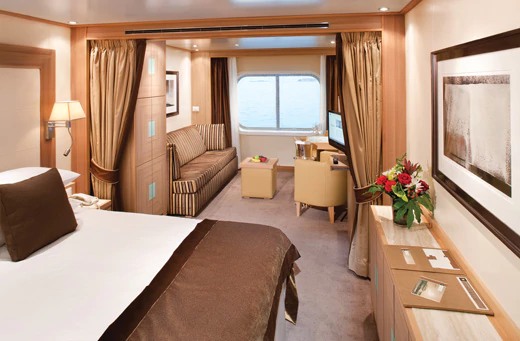
ventana

balcón
